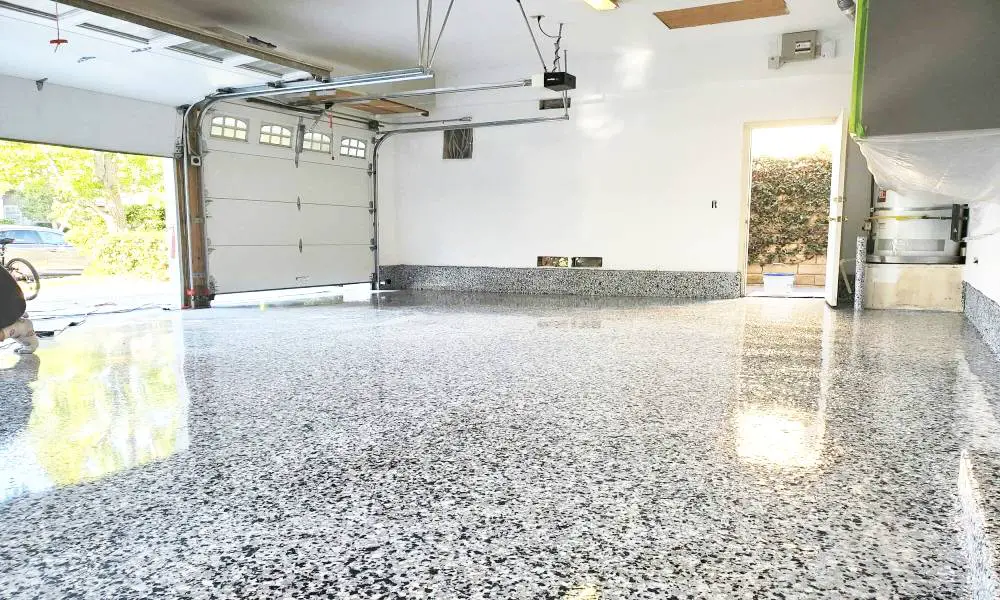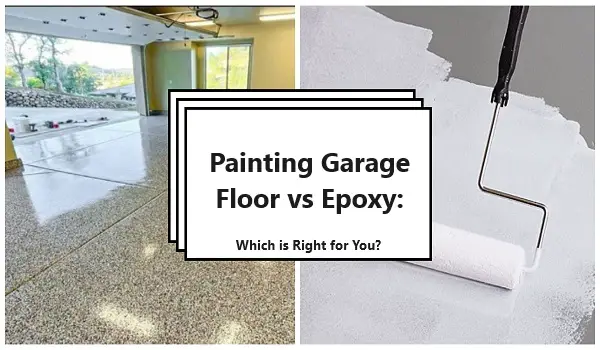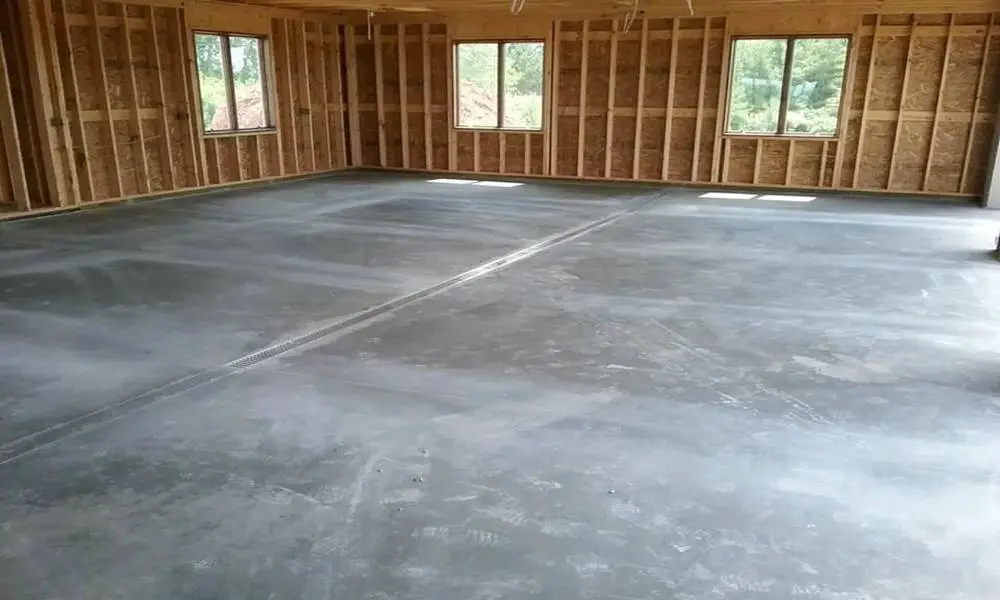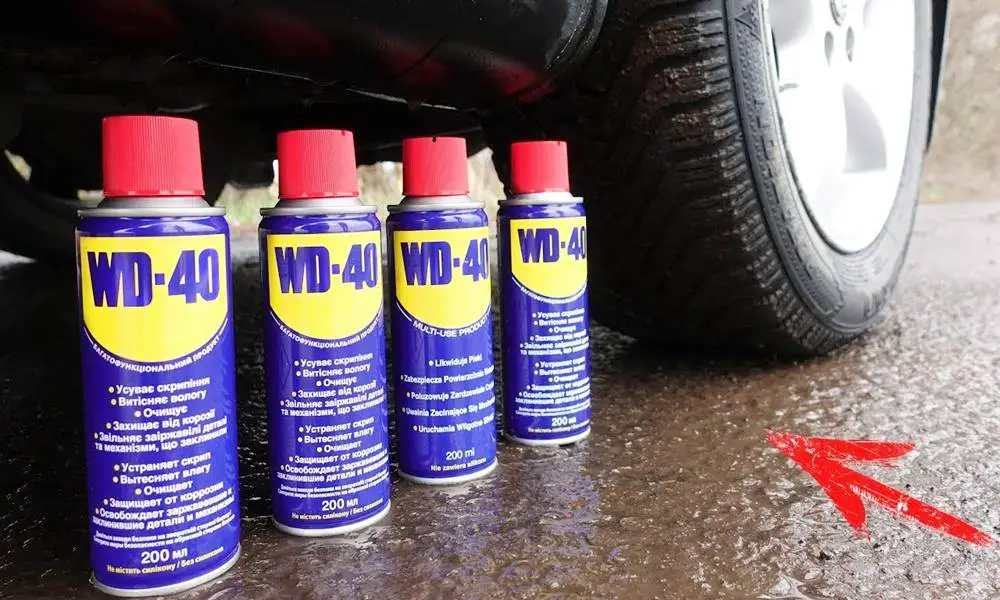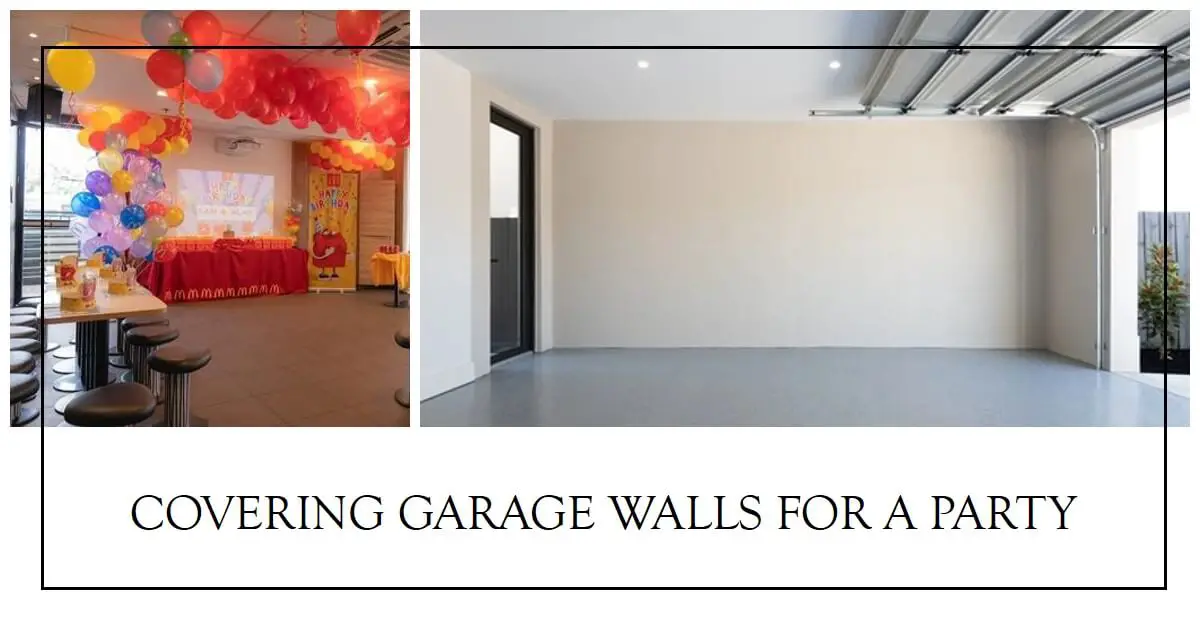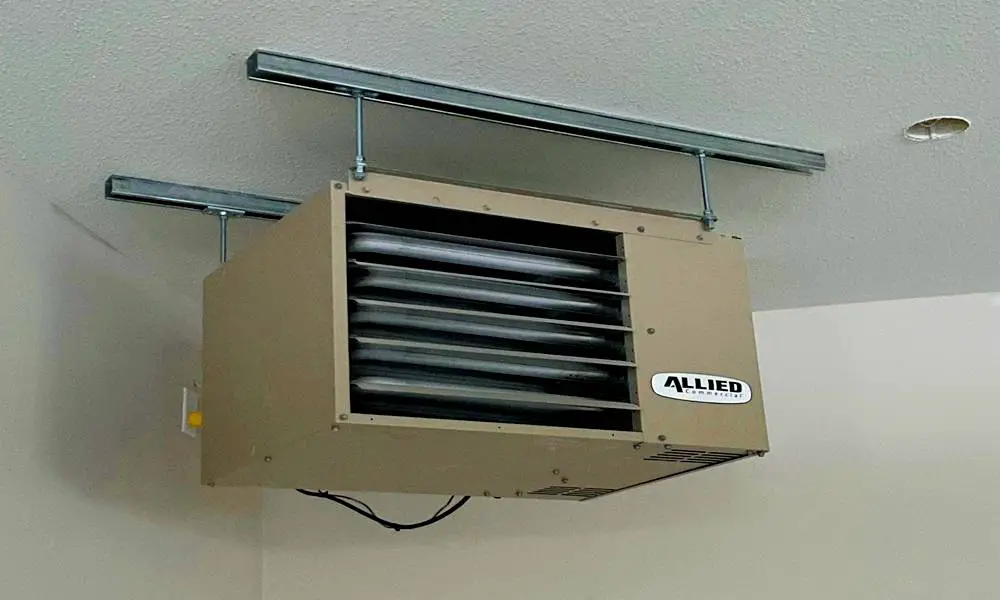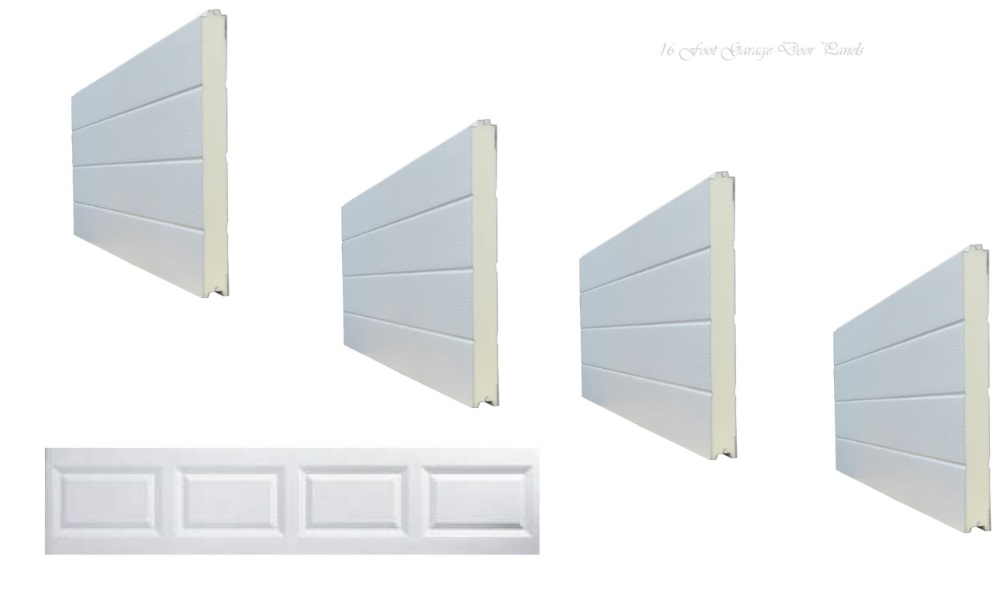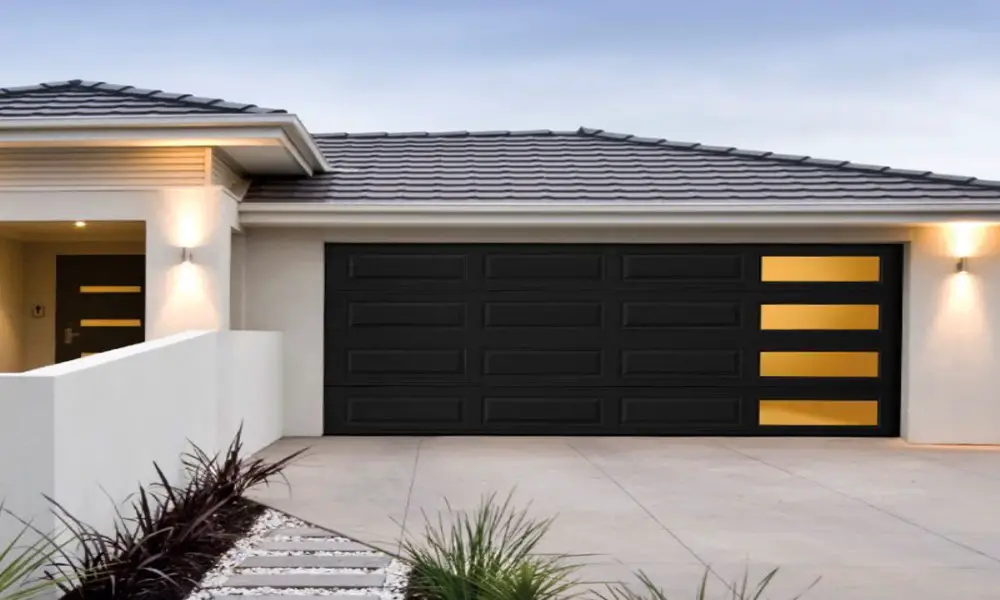Garage Floor Sinking: Causes, Signs, and Repair
Garage Floor Sinking Your garage floor is often an overlooked part of your home, but it plays a crucial role […]
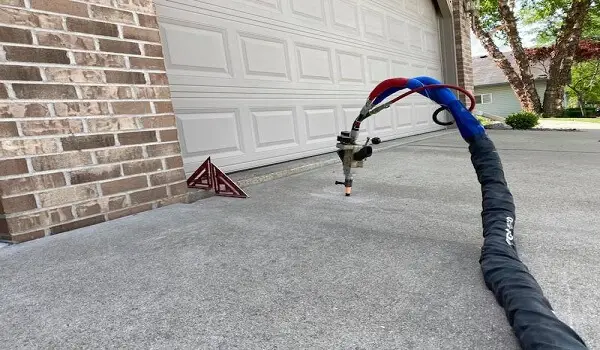
Garage Floor Sinking
Your garage floor is often an overlooked part of your home, but it plays a crucial role in providing a stable and functional space for your vehicles and storage.
One common issue that homeowners may face is a sinking garage floor. In this article, I will explore the causes of sinking garage floors, how to identify the signs, as well as the various methods and costs associated with fixing this problem.
We will also discuss preventive measures to ensure your garage floor remains in top condition.
What is Garage Floor Sinking?

Garage floor sinking is a structural issue that occurs when the garage floor surface gradually descends or forms depressions over time.
This phenomenon can create a multitude of problems, encompassing structural damage and impaired functionality.
In essence, it is the slow but steady descent of the garage floor from its original level, which can result in various complications for homeowners.
What are the Causes of Garage Floor Sinking?
Several factors can contribute to garage floor sinking:
- Soil Settlement: One of the primary causes is soil settlement. Over time, the soil beneath your garage can shift or compact, leading to a sinking floor.
- Water Damage: Water infiltration, whether due to poor drainage or plumbing issues, can erode the ground beneath your garage, weakening its foundation and causing it to sink.
- Poor Construction: Inadequate construction or the use of subpar materials during the initial build can lead to structural issues, resulting in a sinking floor.
- Heavy Loads: The constant weight and pressure from vehicles and stored items can compress the soil underneath, leading to gradual sinking.
What are the Signs and Symptoms of Garage Floor Sinking?
Recognizing the signs of a sinking garage floor is crucial for early intervention. Look out for the following indicators:
- Uneven Surface: Visible depressions or slopes on the garage floor.
- Cracks: Cracks in the concrete surface or foundation are telltale signs of structural problems.
- Difficulty in Opening Doors: If garage doors become hard to open or close, it may be due to a sinking floor.
- Pooling Water: Water collecting in certain areas due to improper drainage.
How to Fix a Sinking Garage Floor
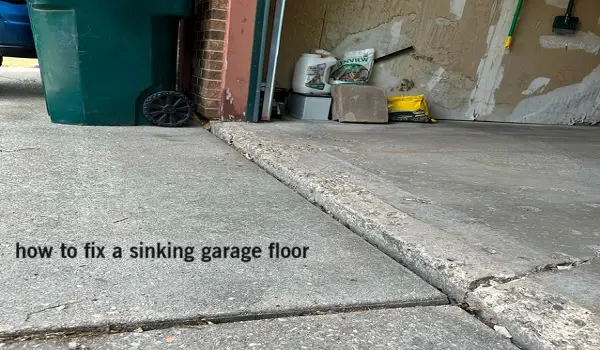
If you’ve identified the signs of a sinking garage floor, it’s essential to address the issue promptly. Here are some steps to consider:
- Consult a Professional: Seek the expertise of garage floor contractors who can assess the extent of the problem.
- Repair the Foundation: Foundation repair is often necessary. This may involve mudjacking, slab lifting, or pier installation to raise the floor back to its original level.
- Crack Repairs: Address any cracks in the concrete to prevent further damage.
- Proper Drainage: Ensure that your garage has a well-designed drainage system to prevent water-related issues.
- Choose Quality Materials: When repairing or replacing the garage floor, use high-quality materials for longevity.
What are the Different Methods of Repairing a Sinking Garage Floor?
The choice of repair method depends on the extent of the sinking and the underlying causes:
- Mudjacking: This process involves injecting a mixture of soil, cement, and water beneath the sunken concrete to raise it to the desired level.
- Slab Lifting: Using a similar principle to mudjacking, slab lifting raises the sunken concrete through hydraulics.
- Pier Installation: If the sinking is severe, piers or piles may be installed beneath the foundation to provide additional support.
- Concrete Replacement: In some cases, replacing the entire concrete floor may be the best option.
How Much Does It Cost to Fix a Sinking Garage Floor?
The cost of repairing a sinking garage floor can vary significantly, ranging from a few hundred dollars to several thousand dollars.
The final price is contingent on various factors, including the extent of the problem and the chosen method of repair.
Let’s delve into the key determinants of the repair cost and provide an overview of the approximate expenses associated with common repair methods:
Factors Influencing Repair Costs:
- Size of the Affected Area: The larger the area that requires repair, the higher the overall cost is likely to be.
Extensive sinking demands more materials and labor, driving up expenses.
- Severity of Sinking: The degree of garage floor sinking plays a pivotal role in determining the cost. Severe sinking may necessitate more intricate and costly repair methods.
- Repair Method: The choice of repair method significantly affects the cost. Some methods are more budget-friendly, while others are more expensive due to the equipment and expertise required.
- Local Labor Costs: Labor costs can vary based on your geographical location, with metropolitan areas often commanding higher rates.
Approximate Costs of Common Garage Floor Repair Methods:
- Mudjacking: This cost-effective method typically ranges from $300 to $3,300. It involves injecting a mixture of soil, cement, and water beneath the sunken concrete to lift it back to its original level.
- Slabjacking: Slabjacking, a method similar to mudjacking, can cost between $500 and $2,500. It employs hydraulic equipment to raise the sunken concrete.
- Underpinning: For severe cases of sinking, underpinning may be necessary, but it comes at a higher cost. This method can range from $3,000 to $10,000 or more, depending on the complexity and scale of the project. Underpinning involves installing piers or piles beneath the foundation to provide additional support.
Prevention of Garage Floor Sinking
Preventing garage floor sinking is often more cost-effective than repairs. Here’s how to safeguard your garage floor:
- Proper Drainage: Ensure that water is directed away from the garage foundation.
- Regular Maintenance: Inspect your garage floor for cracks and address them promptly.
- Load Distribution: Avoid concentrating heavy loads in one area of the garage.
- Quality Construction: Invest in a well-constructed garage using quality materials.
Conclusion
A sinking garage floor can be a homeowner’s nightmare, leading to structural issues and reduced functionality.
By understanding the causes, recognizing the signs, and knowing the repair options, you can address this problem effectively.
Regular maintenance and preventive measures can help you keep your garage floor in optimal condition, ensuring its longevity and functionality.
If you suspect your garage floor is sinking, consult with garage floor contractors for professional assistance. Remember, a well-maintained garage floor is the foundation of a well-functioning garage.
A sinking garage floor is a problem that should not be taken lightly. Addressing it promptly can save you from costly repairs and further damage. If you suspect that your garage floor is sinking, take action today to preserve the integrity of your garage.
Laura Linney
As an expert in the field of garage walls, I have extensive knowledge and experience in enhancing the aesthetic appeal and functionality of these spaces through color and decoration. I specialize in creating visually appealing and practical designs that transform garages into inviting and organized environments.

